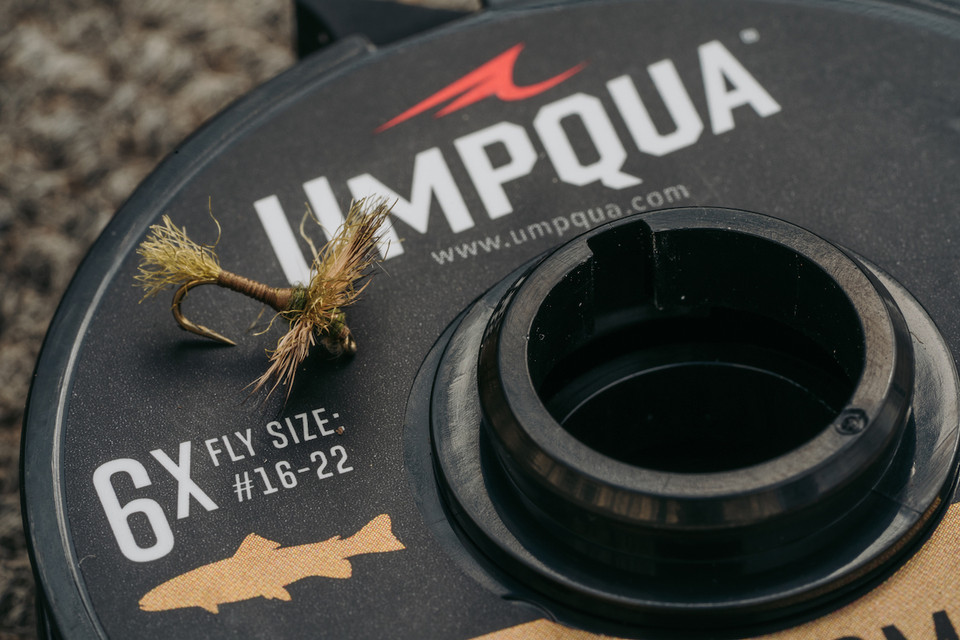
X Rated Tippet: Selecting the Right Diameter of Tippet for your Fly
Choosing the right size tippet all starts with what fly you are tying on. In general, the larger the X number, the smaller the tippet. /


But knowing what X rating to use can also leave anglers asking why they would tie on a different size tippet based on their fly. Long ago this had to do with getting different size diameter tippet into the eye of a hook, while that still does apply, new age materials offer considerably more strength to diameter than ever before. So why have all the choices?Fly choice and fishing scenario is what drives tippet selection.

Typically, the way it works is that small flies are fished on small tippet and large flies are fished on large tippet. Pretty simple in theory. But why do small flies get fished on thin tippet and large flies get fished on heavy tippet?
There are a couple of reasons.The answer is grounded in physics. Part of it is that it takes mass to move mass. Meaning that a thin piece of 6x tippet does not transfer energy well when it comes to casting a wind resistant size 4 Chubby.

What will happen is that the fly will not turn over when casting it killing your accuracy. You will also get very bad twisting from too small a tippet tied to a large wind resistant fly.


The other end of the spectrum is fishing a size 20 fly on 2X. Sure, it can be done, but a small fly is intended to delicately move in the water and a stiff piece of tippet does not allow for those fine subtle movements like a piece of 6X allows for.
For each fly size there is a X range that works. Anglers will dial in their selection based on factors like water clarity, water temperature, and most importantly the selective nature of the trout.

Our Promise:
We help to take the guess work out of things by printing the recommended fly size on our spools of tippet to ensure that anglers get the best presentation for their flies.
No trying to apply the rule of three and take your fly size and divide by three to get your tippet recommendation.
As a fly company we use a realistic range to help anglers find that sweet spot between presentation to get the bite and strength of material to land fish.
